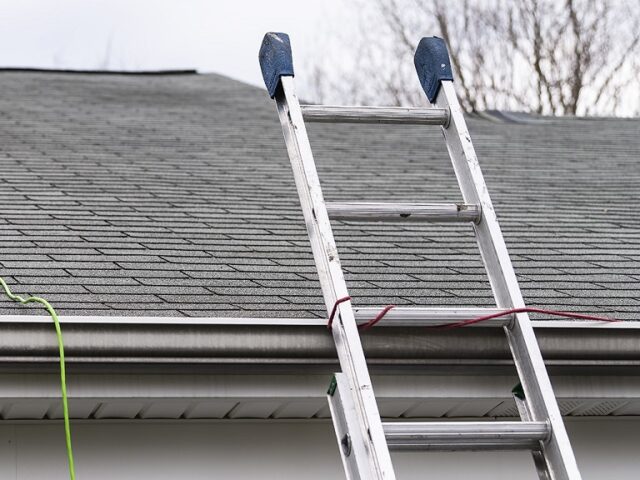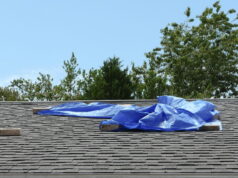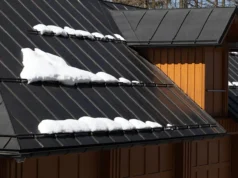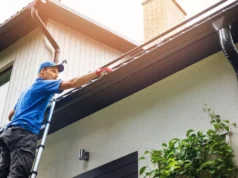
As you look at the roof of your house and consider roofing shingles, there are a few aspects you will want to consider before making any decisions. Most of those aspects start with knowing which type of shingle you need and then understanding how the measurer will work.
That is why it is crucial that when roofing your home, you do everything you can to ensure the roof’s performance and longevity last for years. You should measure your roof once every five years or two years so that the next time there is a problem with its condition, it will not take as long to fix it. To get started, follow these steps.
Gather All the Necessary Materials Beforehand
The necessary materials include getting a pair of carpenter’s square, a chalk line, sheathing boards (cut to size with your circular saw), plywood (cut to size with a table saw), roofing nails, roofing cement board starter coat, utility knife or handsaw for cutting sheathing boards.
Then be sure to wear gloves while working with tar paper in particular because it can irritate if touched directly and is considered toxic when inhaled too much over a long period.
Ensure You Take Appropriate Safety Precautions and Set a Ladder
When measuring a roof for shingles, consider any obstructions in the area and ensure that the ladder can reach without issues. Ensure you do not exceed the maximum height of a ladder before starting. If it is too high or low, consider hiring an installer with a step ladder or scaffolding.
In addition, check your local code requirements before beginning the installation process. Not all areas may require a permit for this job, but you will want to ensure that you can do this type of project in your area before attempting it on your own. You may need a permit or to register your business to do so.
Check with the local municipality or property owner for any additional requirements or safety precautions you should be aware of before proceeding with the installation.
Determine Roof Pitch or Angle
One of the significant factors when deciding how many shingles to get is slope or pitch. That may be one of the most inscrutable terms when making decisions about a roof – but it simply requires measurement and math skills to determine.
A professional roofer or contractor will determine how many roofing shingles you need with this method. That can also be accomplished with measuring tapes and instruments, which can provide accurate measurements for your roof.
Make Sure Your Roof’s Shape Is Accurate
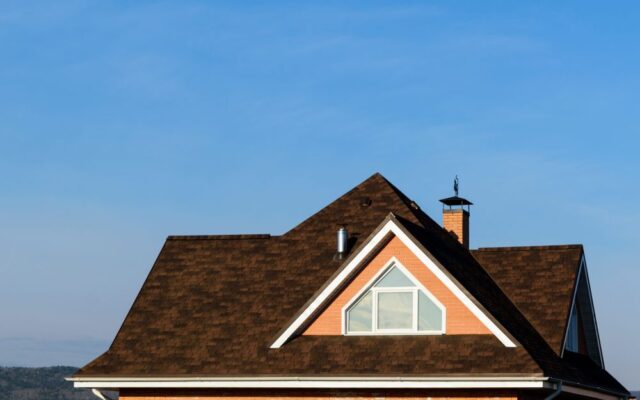
The usual shape of a roof is rectangular – but your shingles will not fit easily if any part of your roof is out of line.
That can be determined by using tape measures or other measuring tools to measure the shape of your roof and ensure the measurements are accurate. If they are, you may need to re-shape your roof if it is commonly rectangular.
Determine the Number of Shingle Bundles Needed
Roofing shingles are sold based on square meters and bundles. That means the quantity you will need to cover approximately 100 square feet of roofing area is a square of shingles. When you want to determine the number of bundles required, you are expected to calculate the roofing area.
First, you must determine which shingle will work best for your roof. You will want to consider such aspects as appearance, wind resistance, durability, and price. Not all roofing shingles are created equal in these aspects, so research is required before deciding what type you should use with your roof.
Once you have chosen which shingle suits you best, you can begin to measure the roof area through which the shingles are going to be installed:
Sheet-Count Method
If your roof sheathing is still exposed, you can employ the sheet count method most homeowners prefer over the measurement method. The good thing about this method is that it is fast, and one can easily do it from the ground. The only downside is that you will be limited in using it on roofs sheathed with 4 by 8 feet structural panels.
Since each of such panels will be 32 square feet, it will be easier to count the full panels without stepping on your roof. You can also tally the shingles by estimating the relative size of crosscut and ripped sheets along the roof edges to a full sheet size.
Although it can be challenging to diagonally cut the sheets along the valleys and hips, you can assign them a normal size, like a quarter or half sheet. In reality, it can be simple to calculate the number of bundles required when using shingles packed in three bundles to a square.
When working with a different bundle count per square foot, you can divide the number of sheathing by three, and you will ultimately know the number of squares required for your roof.
Shingle-Count Method
The shingle count method can be ideal when doing a layover or measuring old roofing shingles which have not been stripped off. If you want to use this method, you can measure the eaves length of every roof plane from the ground by measuring your house length or from the rooftop and adding the width of take overhangs.
Alternately, if you have standard three-tab shingles, you can determine the length of the eaves by counting the number of tabs on the edge of the eaves and ridges to know the length in feet. Also, remember to count the existing shingles from the eaves to the ridge to determine the length of the rake.
If you discover that the exposure of every shingles course is five inches, you can multiply the total courses by five inches and divide by 12 to determine the length of the rake. Most importantly, you should ensure that the existing shingles have a standard size (12 inches by 36 inches).
Knowing how to measure for shingles can save a considerable amount of money and ensure you have the right roof installed at the end of your process. You must determine the roof length to ensure you are getting enough roofing shingles.
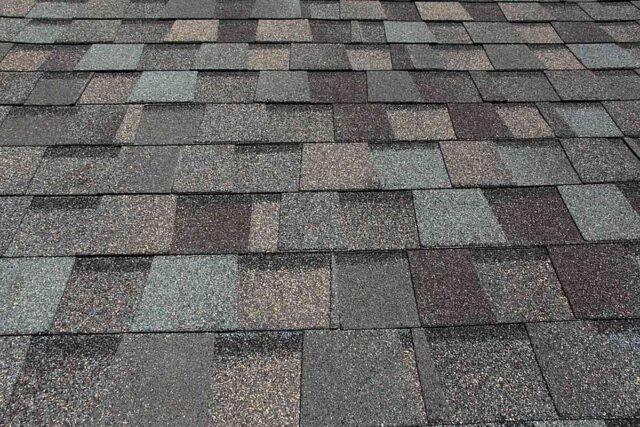
While this may be a simple task, it is recommended that you work with a professional roofer to speed up the process and ensure everything goes as planned. Most importantly, they can ensure that there are no mistakes made during the process, which can leave holes in your roof where water can leak through.

